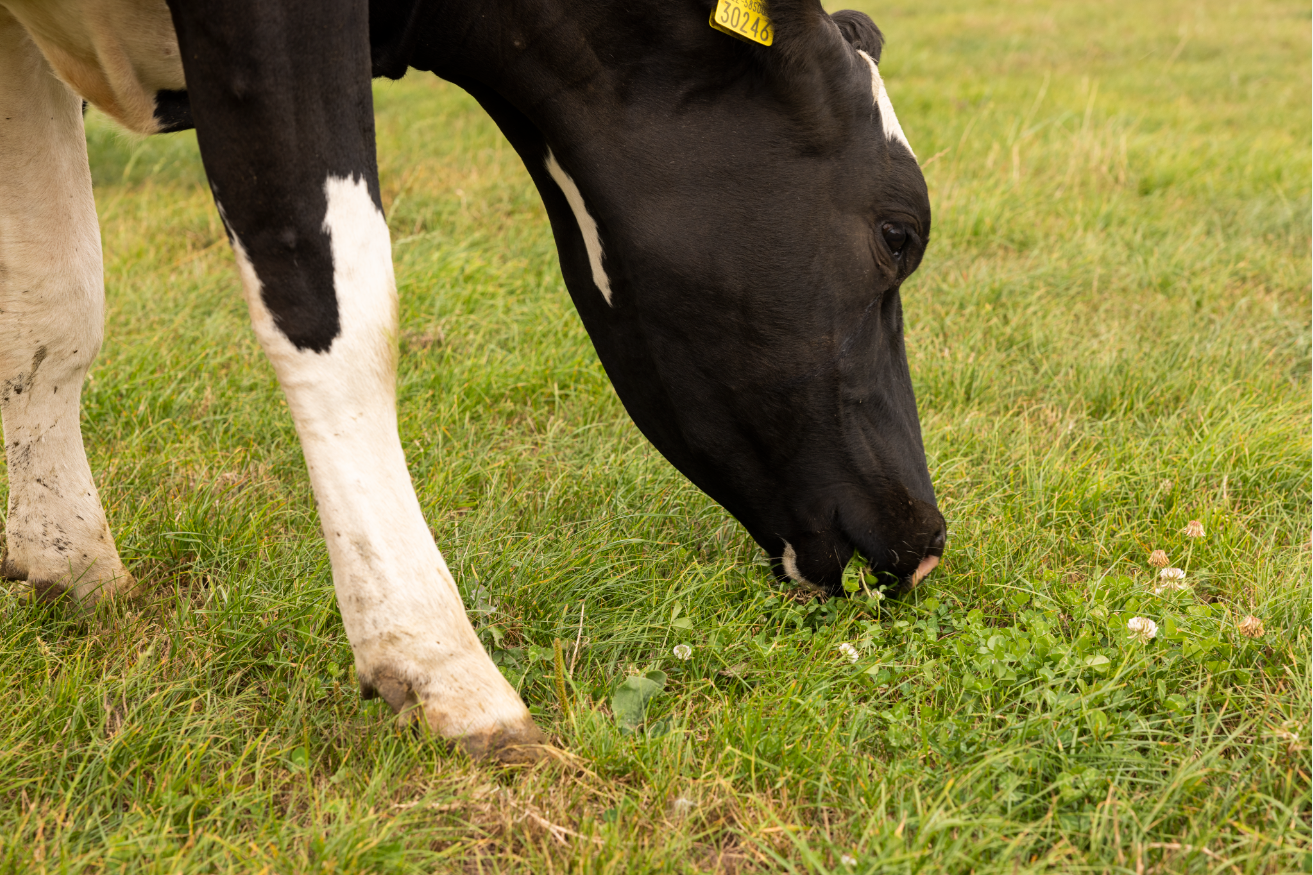Get a 24 hour weather forecast
 Soil moisture deficits are c.60mm in the Dairygold area.
Soil moisture deficits are c.60mm in the Dairygold area.
The forecast is showery with c.30mm forecast over the week, some of which will be heavy with thunderstorms possible.. This should lead to some reduction in the SMDs but it is very dependent on where the heavy or thundery showers occur.
To balance grass demand and grass supply currently we have increased concentrate feeding levels and use our winter fodder stocks as buffers. This has the potential to impact on winter feed availability and is an ongoing concern. Data for fertiliser sales YTD (based on figures available up to end of March) also show sales trends well behind levels seen in previous years, indicating that there is potential on some fields / farms to have lower soil nutrient levels to support grass growth in the weeks and months ahead.
Now that a lot of the first cut silage is harvested, Teagasc are about to commence a fodder survey. This survey, as in previous years, is aimed at providing an assessment of fodder stocks ahead of the coming winter. Results will be available in early July and will provide a basis for farmers and the industry to assess overall national and regional situation for fodder supply across the country.
In the meantime, all farmers should to assess the fodder demand and supply situation within their farm, and take appropriate action regarding fertiliser and nutrient applications, closing area for second cut silage, and to make plans for securing sufficient winter fodder stocks,. These assessments and decisions are increasingly important given the potential impact of the recent dry spell on reduced grass growth.
We must act now to maintain the grass you have. If grass levels on farm drop too low, then grass recovery will be slower once the rain comes.
Where spreading N, use some P if an allowance and balance are available. Potash or Sodium can help alleviate drought stress and should be used with N application
To maintain grass cover on farm we must match our grass demand to our grass growth (supply).
Grass Demand is a measure of how much grass your farm needs to grow daily to meet your stocks requirements. It’s a product of stocking rate and grass intakes.
Let’s assume we are feeding 0 concentrates to our cows and your stocked at 4cows/ha. Your cows will eat 18kg per day of grass. Grass demand is 4*18 or 72 kg per day. If your farm isn’t growing that then there will be less grass on your farm tomorrow than there is today.
How to adjust grass demand:
Diets to lower Feed Demand
| Stocking rate (Lu/Ha) | 2.5 | 3 | 3.5 | 4 | |
| Total Concentrates feed = 3kg per day | Growth Needed to Meet Demand (Kg DM Per Day) | 38 | 46 | 54 | 62 |
| Total Concentrates feed = 6kg per day | 32 | 38 | 44 | 50 | |
| Total Concentrates feed = 8kg per day | 28 | 33 | 38 | 43 | |
| 4.5kg concentrates+ Buffer feed with 1 bale of grass silage per 40 cows | 21 | 25 | 29 | 33 | |
| 6 kg concentrates + Buffer feed with 1 bale of grass silage per 40 cows | 18 | 22 | 25 | 29 |